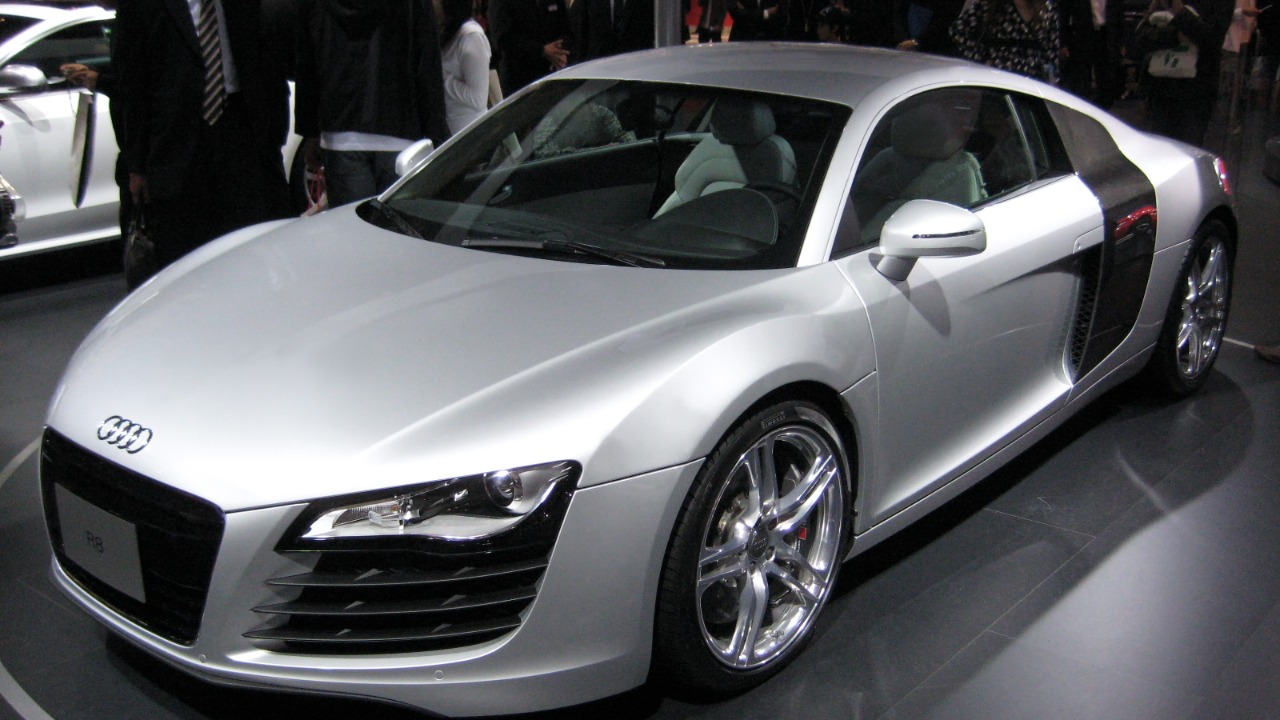
In 2006, Audi took a bold step into the realm of diesel supercars with the unveiling of the R8 V12 TDI concept. This one-off prototype, powered by a twin-turbocharged 6.0-liter V12 diesel engine, was designed to compete in the diesel class at the 24 Hours of Le Mans. However, despite its impressive performance and innovative engineering, the car never entered production due to its extreme nature and complex engineering challenges1. The R8 V12 TDI concept represented a blend of the R8 chassis and the V12 TDI powerplant, first introduced in the Q7 SUV, and showcased diesel efficiency in a high-performance package2.
The Origins of Audi’s V12 Diesel Engine
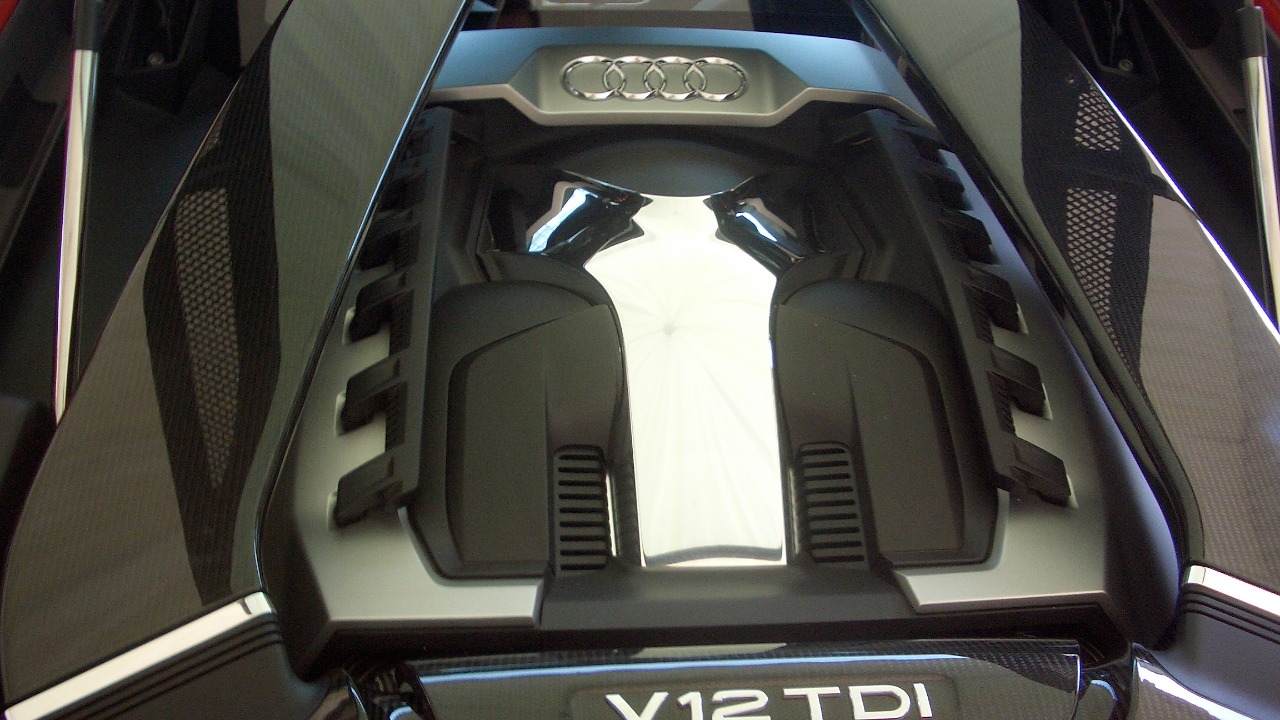
The development of the 6.0-liter V12 TDI began in the early 2000s. This was Audi’s answer to stricter emissions regulations and the growing demand for efficient high-performance vehicles. The V12 TDI marked the world’s first production V12 diesel engine2. The engine featured dual turbochargers and common-rail injection, delivering 500 PS at 5,000 rpm while maintaining superior diesel fuel economy compared to its gasoline counterparts1.
During initial testing, the focus was on torque delivery. The V12 TDI produced a record 1,000 Nm of torque from 1,500 to 3,000 rpm, enabling effortless acceleration in heavy vehicles3. This was a significant achievement, demonstrating the potential of diesel engines in high-performance applications.
Debut in the Audi Q7 V12 TDI
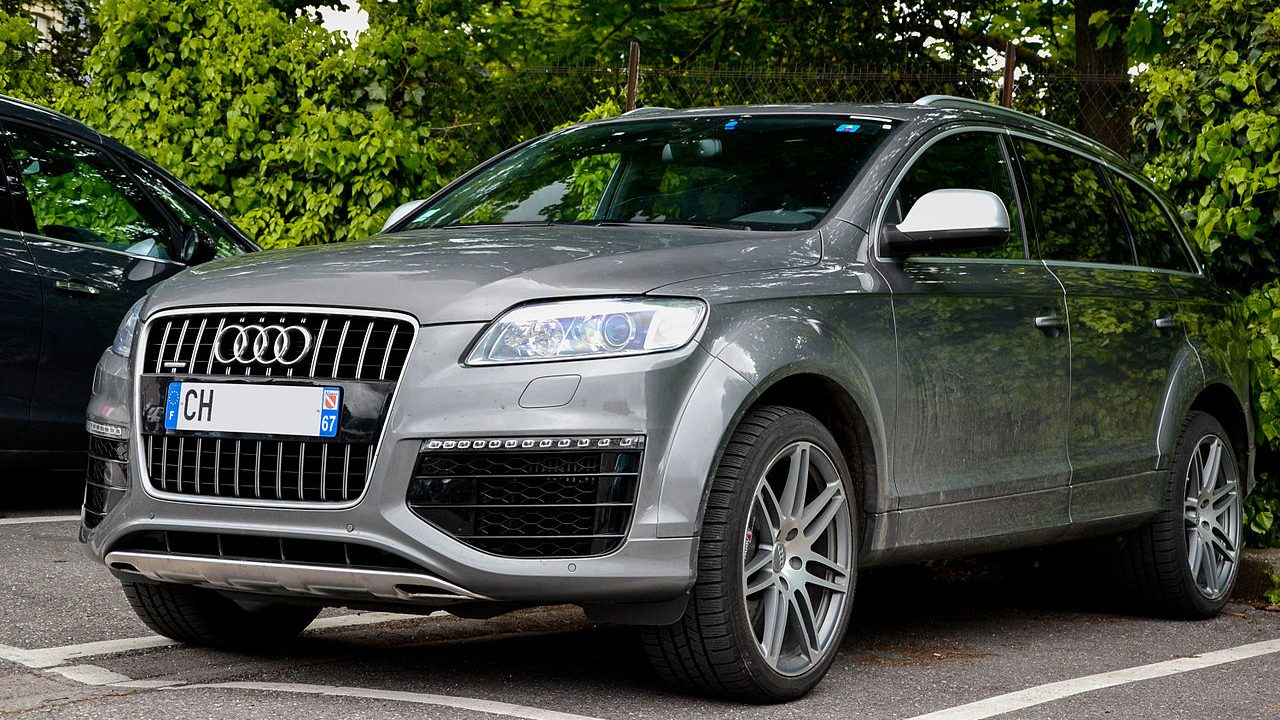
The V12 TDI engine made its first appearance in the 2008 Audi Q7 V12 TDI SUV. This luxury full-size vehicle was limited to 250 units and was sold primarily in markets like Russia and the Middle East4. In the Q7, the engine propelled the 2,630 kg SUV from 0-100 km/h in 5.5 seconds and reached a top speed of 240 km/h. Real-world tests confirmed that its 1,000 Nm torque made overtaking “effortless even fully loaded”3.
Despite its performance, the Q7 V12 TDI was also efficient. It achieved a combined fuel efficiency of 8.0 L/100 km, outperforming V8 gasoline rivals while complying with Euro 4 emissions standards2. This demonstrated the potential of diesel engines in combining performance and efficiency.
Engineering the R8 V12 TDI Concept
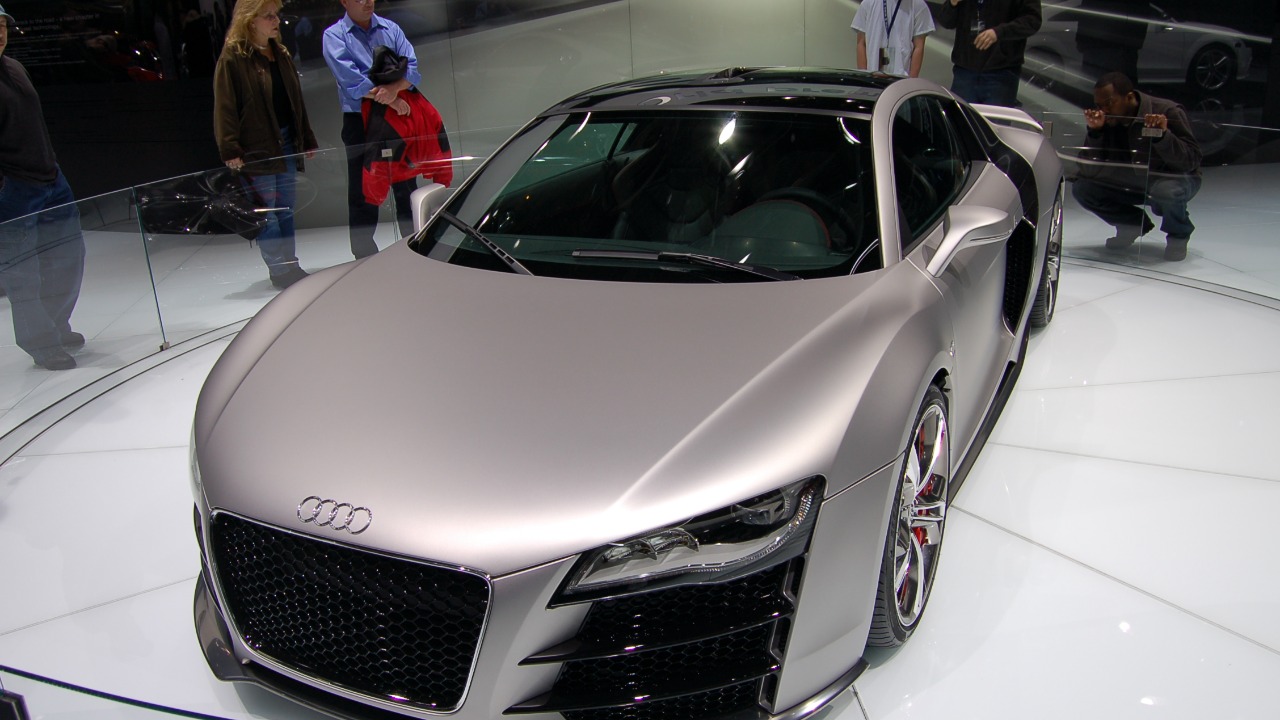
The R8 V12 TDI prototype was a marvel of engineering. It adapted the standard Audi R8’s aluminum spaceframe chassis, reducing weight to 1,450 kg through the use of carbon fiber elements and a lowered suspension tuned for the diesel engine’s torque curve1. Power was routed through a six-speed sequential manual transmission and quattro all-wheel drive, with the V12 TDI mounted longitudinally behind the cabin for optimal balance4.
Aerodynamic enhancements included a large rear wing and vented hood to manage the diesel’s heat output. This resulted in a drag coefficient of 0.32 while prioritizing downforce for track stability2. These design choices underscored Audi’s commitment to pushing the boundaries of diesel performance.
Performance Targets for Le Mans
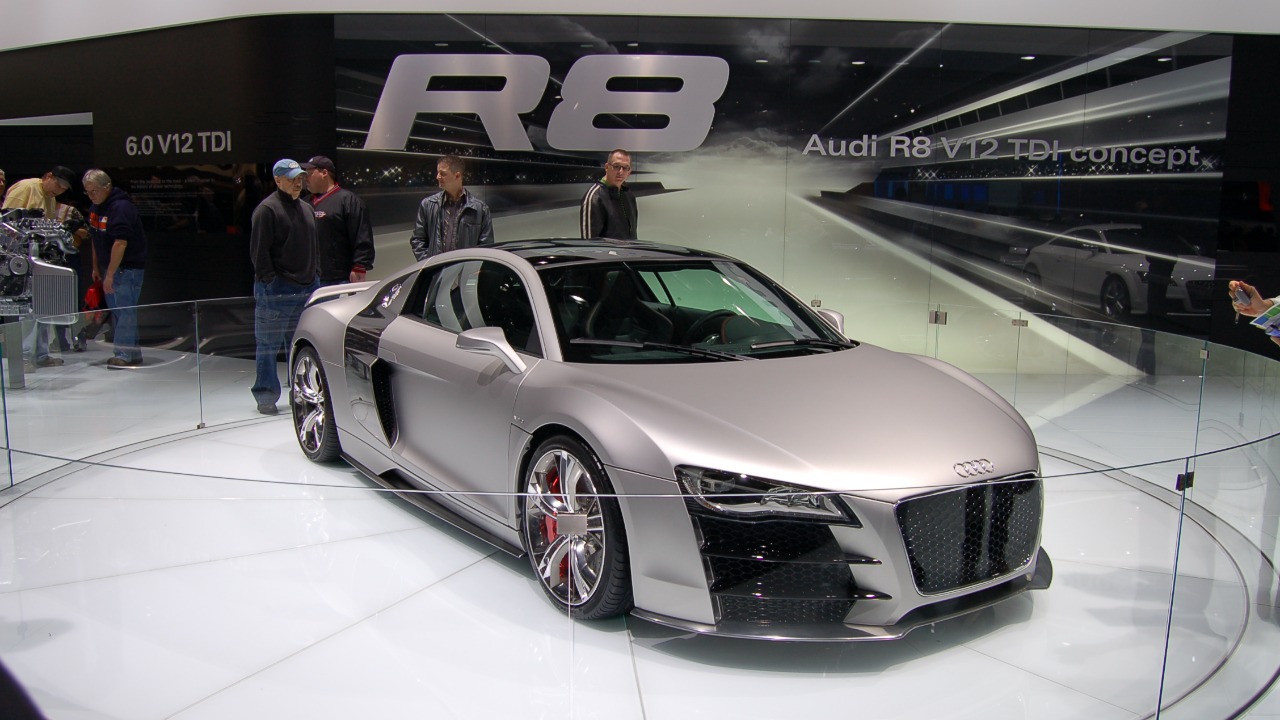
The R8 V12 TDI was unveiled at the 2008 North American International Auto Show, engineered for the 2008 24 Hours of Le Mans diesel prototype class. The goal was to leverage the engine’s endurance with a projected 10 mpg lap average1. Acceleration figures included 0-100 km/h in 4.2 seconds and a quarter-mile in 12.2 seconds, with the 1,000 Nm torque enabling sustained high-speed cornering without gear shifts4.
The top speed was electronically limited to 301 km/h, but simulations suggested a potential for 320 km/h on unrestricted tracks. This emphasized the concept’s racing pedigree over road usability2. However, despite its impressive performance, the R8 V12 TDI never made it to the production line.
Why It Never Reached Production
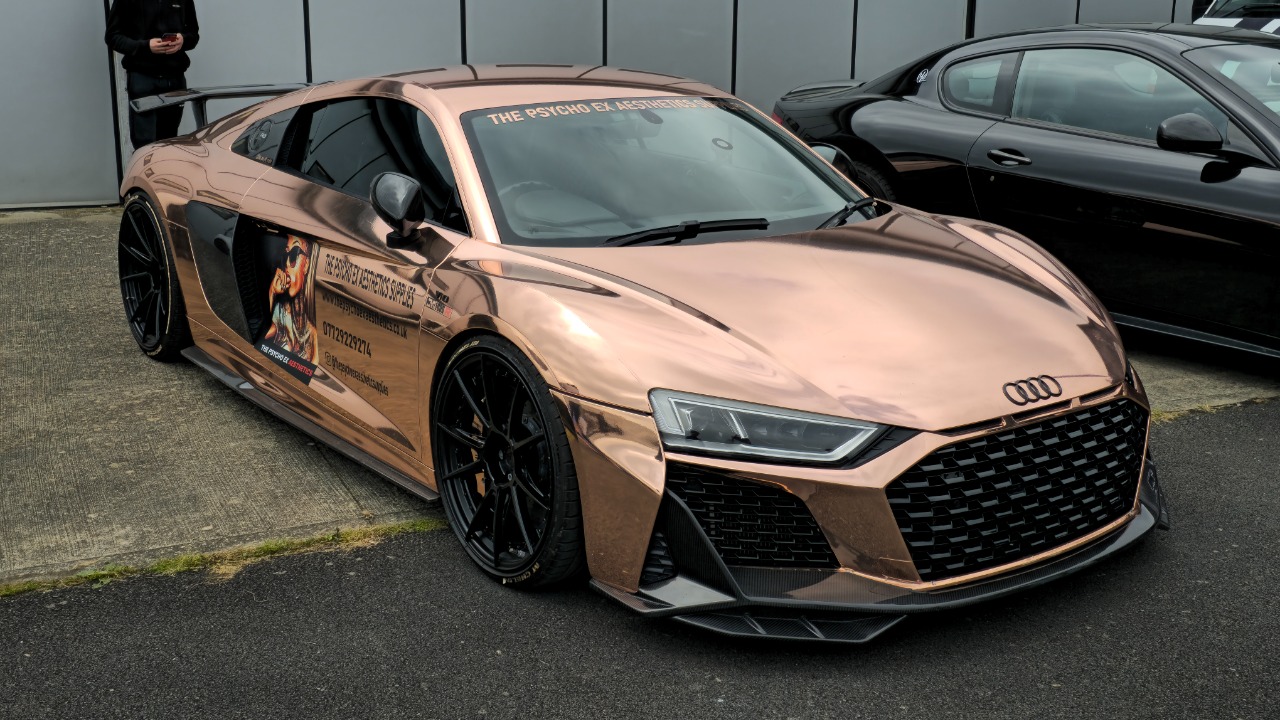
Several factors contributed to the R8 V12 TDI not reaching production. Regulatory hurdles, including the lack of a diesel emissions standard for supercars and high development costs exceeding €50 million, halted road-legal certification efforts4. Market reception was mixed, with the V12 TDI’s noise, vibration, and 200 kg weight penalty over the gasoline V8 deterring buyers seeking a traditional supercar experience1.
Furthermore, Audi prioritized hybrid and electric technologies following the 2008 financial crisis, shelving the project despite prototype testing confirming its mechanical reliability2. This decision reflected the shifting priorities in the automotive industry towards more sustainable technologies.
Legacy and Modern Reflections
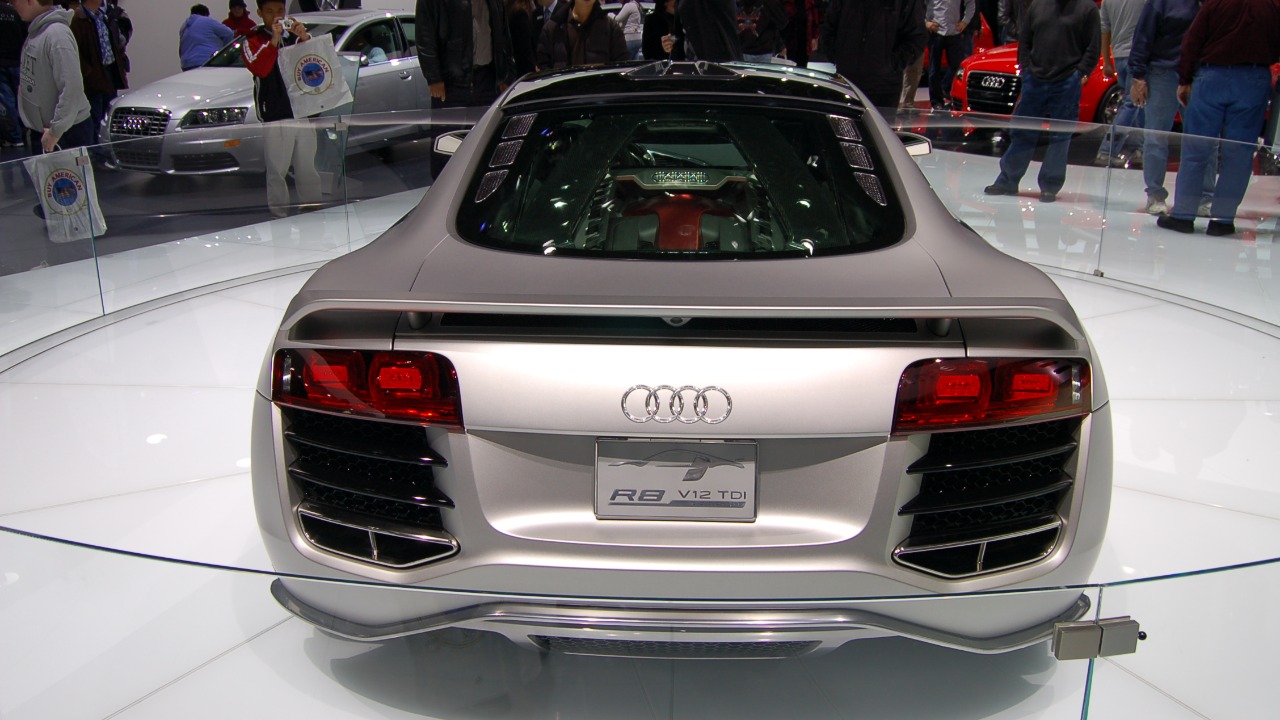
Despite not reaching production, the R8 V12 TDI left a lasting legacy. It influenced Audi’s diesel racing success, contributing to victories in the 2008-2014 Le Mans diesel classes using related V6 and V8 engines1. Today, the sole prototype resides in Audi’s museum in Ingolstadt, Germany, occasionally displayed as a testament to the brand’s innovative but uncommercialized experiments4.
Enthusiast reviews of the Q7 V12 TDI variant praise its “insane low-end pull,” highlighting how the technology’s torque revolutionized SUV performance before dieselgate scandals diminished its reputation3. The R8 V12 TDI concept remains a fascinating chapter in Audi’s history, showcasing the potential and challenges of diesel performance in the supercar realm.